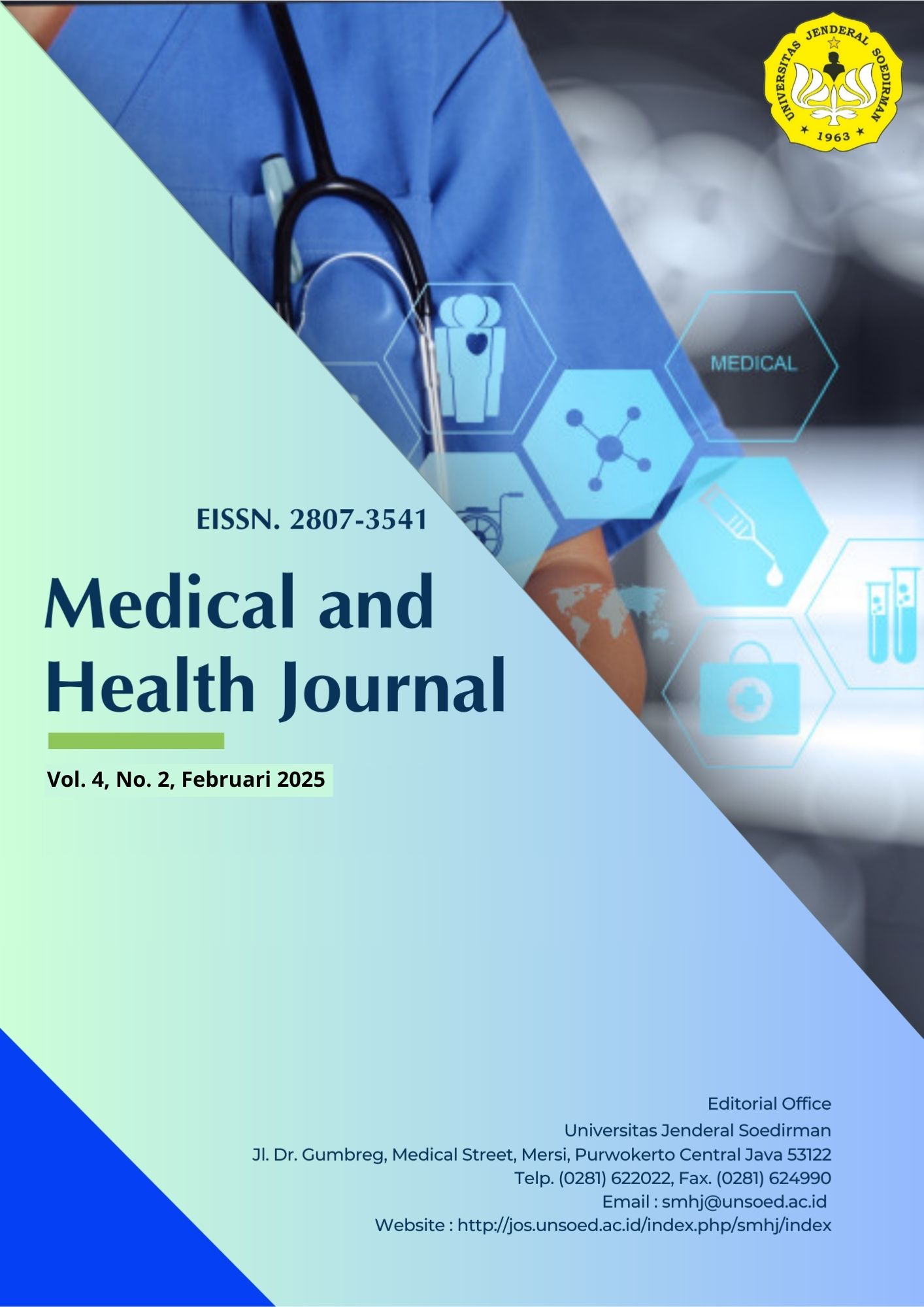THE ROLE OF HYDROGEN PEROXIDE (H2O2) IN YOGURT (Lactobacillus bulgaricus and Streptococcus thermophilus) ON THE GROWTH OF Staphylococcus aureus ATCC 29213
Abstract
ABSTRAK
Yoghurt merupakan produk pangan susu fermentasi dengan bantuan bakteri asam laktat (BAL). BAL merupakan bakteri yang dapat menghasilkan metabolit asam laktat, bakteriosin dan hidrogen peroksida. Beberapa penelitian menyampaikan BAL dalam yoghurt memiliki kemampuan menghambat pertumbuhan bakteri patogen. S. aureus ATCC 29213 adalah Gram positif, coccus yang tersusun tidak beraturan berkelompok seperti buah anggur. S. aureus ATCC 29213 adalah bakteri patogen utama manusia. Penelitian ini bertujuan untuk mengetahui peranan hidrogen peroksida pada yoghurt (L. bulgaricus dan S. thermophilus) terhadap pertumbuhan S. aureus ATCC 29213. Penelitian ini merupakan penelitian eksperimental dengan post-test only with control group design. Jumlah sampel yang digunakan sebanyak 60 sampel dengan dua kali pengulangan dan terbagi dalam 10 kelompok konsentrasi (0%, 5%, 10%, 15%, 20%, 25%, 30%, 35%, 40%, 45%) dengan 0% sebagai kontrol negative. Analisis penelitian ini menggunakan Kruskal Wallis (p=0,003). Hasil ini menunjukkan bahwa terdapat perbedaan signifikan antar kelompok. Kemudian dilanjutkan uji Mann Whitney untuk mengetahui perbandingan masing-masing kelompok. Penelitian ini dapat disimpulkan terdapat penghambatan pertumbuhan S. aureus ATCC 29213 oleh yoghurt dengan konsentrasi 5%, kandungan hidrogen peroksida 0,17 mmol/L, pH 5,7 sebagai konsentrasi yoghurt terendah.
Kata Kunci: Hidrogen Peroksida, Staphylococcus aureus, Yoghurt






